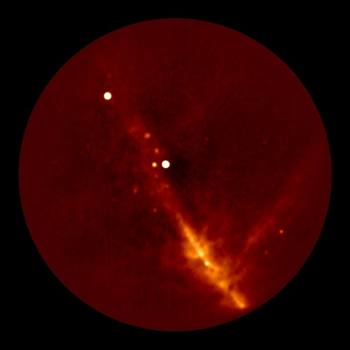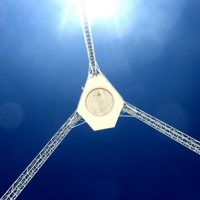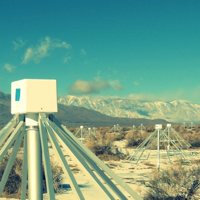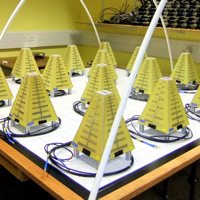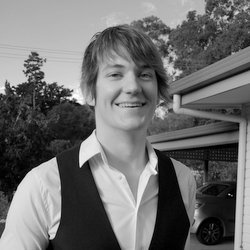
About Me
Hi there! My name is Danny Price, and I'm an Operations Scientist for the Square Kilometre Array Observatory (SKAO), and adjunct Senior Lecturer at Curtin University, as part of the International Centre of Radio Astronomy Research (ICRAR) in Perth, Western Australia.
My background is in radio astronomy: building instruments for technosignature searches, pulsars & FRBs, and 21-cm cosmology.
